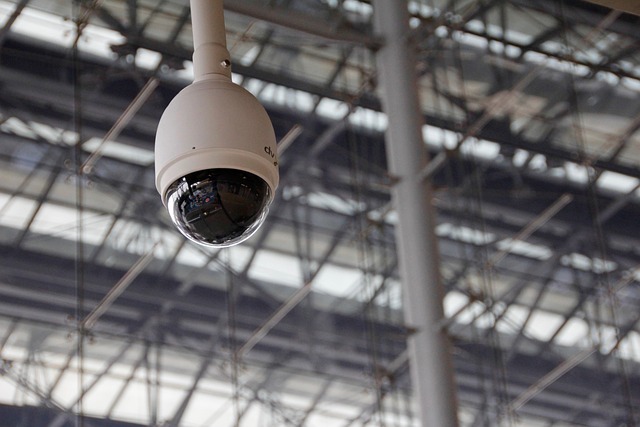
The Impact of IT on Enhancing Informational Technology in Security Cameras
Looking at the advancements in security cameras over the years, it’s evident that the integration of Information Technology (IT) has played a crucial role in enhancing their functionality and effectiveness. With the rapid evolution of IT, security cameras have evolved from simple surveillance devices to sophisticated tools that cater to a wide range of security needs.
The incorporation of IT in security cameras has allowed for the integration of features such as facial recognition, remote monitoring, motion detection, and cloud storage. These advancements have not only improved the accuracy and reliability of security systems but have also made them more convenient and user-friendly.
Moreover, IT has enabled security cameras to be more interconnected, allowing them to communicate with other devices and systems. This connectivity has facilitated the development of comprehensive security networks that offer enhanced protection and a more efficient response to security threats.
As IT continues to advance, the future of security cameras looks promising. With the ongoing development of artificial intelligence, machine learning, and big data analytics, security cameras will become even more intelligent and proactive in detecting and preventing security breaches.
Overall, the impact of IT on enhancing informational technology in security cameras is undeniable. It has not only transformed the way we approach security but has also paved the way for a safer and more secure environment for individuals and businesses alike.



